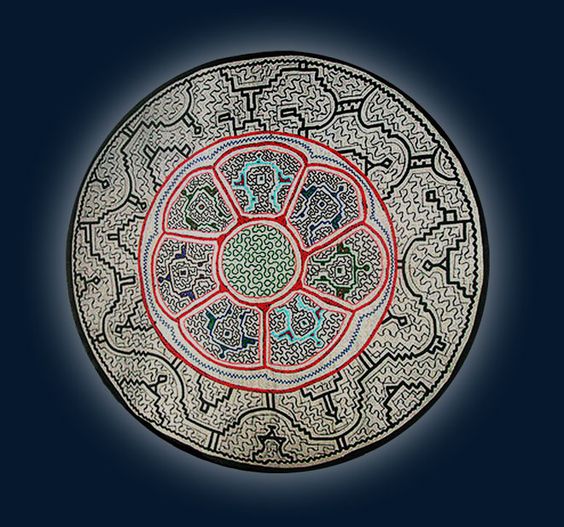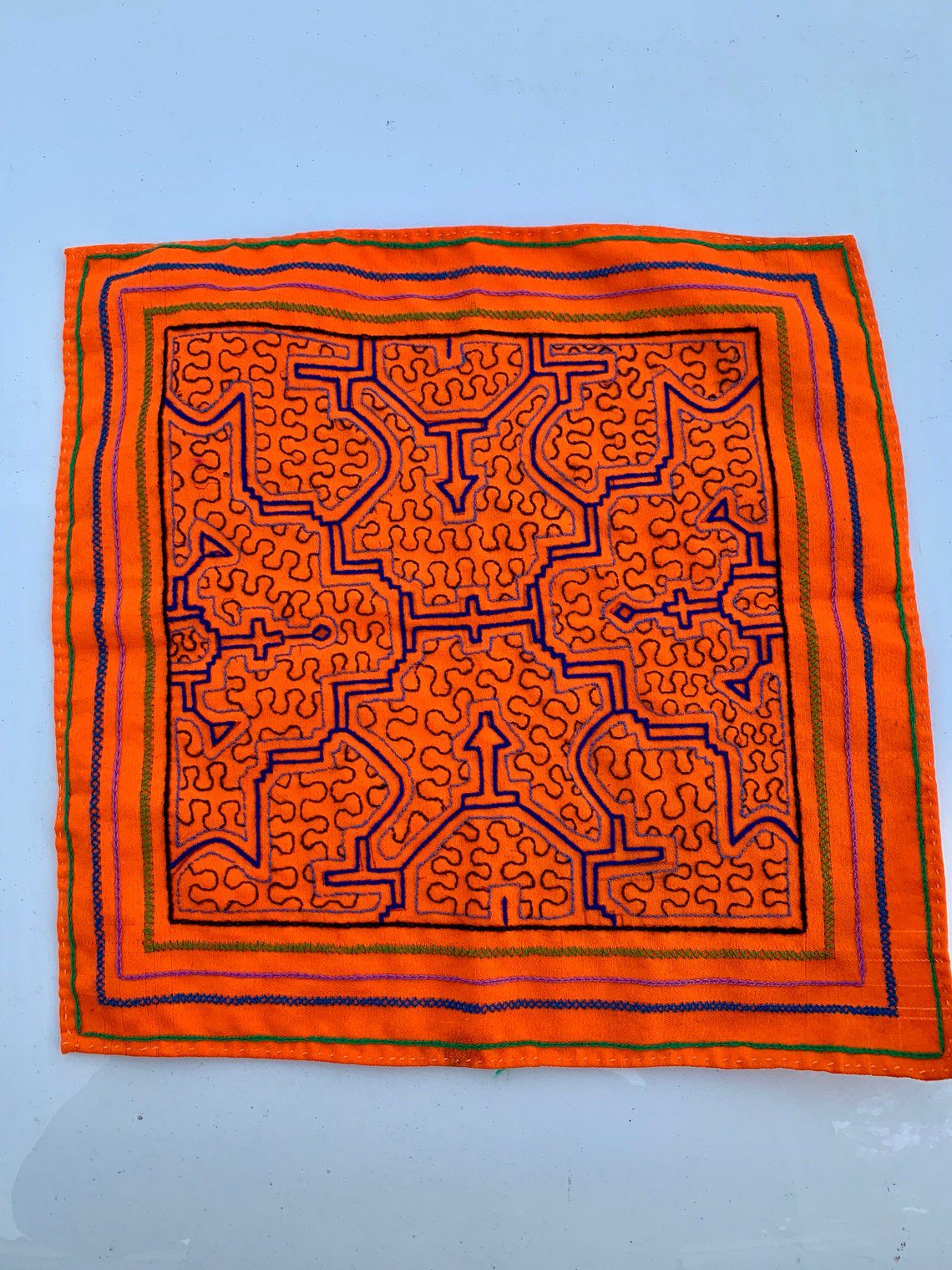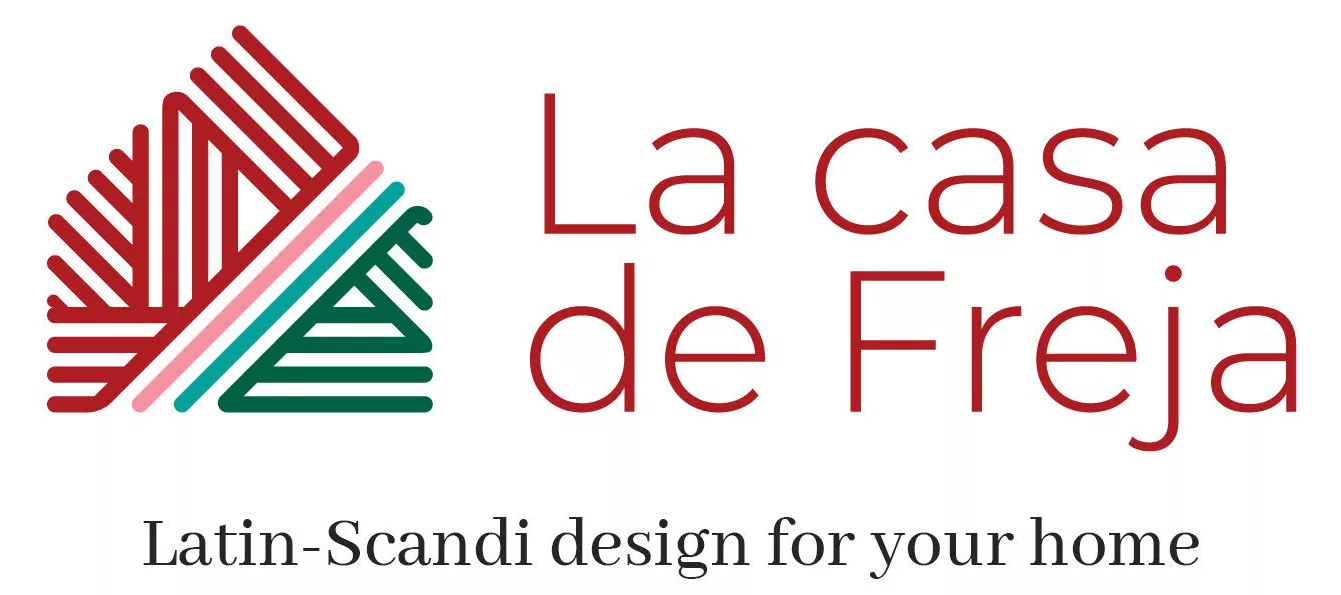Kené art: Tradition and design from the jungle of Peru
- By Fiorella Madsen
- January 30, 2019
- 11 Comments
Kené in the Shipibo language refers to the design system of the shipibo-konibo people (in the plural, it is called kenebo). These designs can cover the body’s surface, clothing, and other materials such as cloth, wood, or ceramics. Among the materials they use to trace their designs are natural dyes, seeds, cotton, fabrics, colored wool yarns, and beads.

Source: Pikbee
These designs do not follow any existing pattern or use any instrument. And here comes the exciting part, keep reading.
See and make kené
Women see kené in their “contemplations” through piripiri rituals. The piripiri is a series of Cyperaceae plants. The ritual consists of placing drops of their juice in the eyes and navels of the women to strengthen and allow them to see designs in their “contemplations.”
They also make kené: these “contemplations” or visions materialize through drawing, weaving, and embroidery on bodies, fabrics, or utensils. This art is typically female, taught from mother to daughter.
But men also see kené designs; the difference is that they do not capture their visions on any material surface. In addition, they have visions from ayahuasca (Banisteriopsis caapi) and other medicinal plants during the shamanic sessions.

Source: Pinterest
Interpretation of their ourlines
The geometrical outlines of the Kené designs could not be interpreted as representations of something specific, even though animal and thing’s names are used to remember their contours.
These traces would rather be paths, according to the Shipibo-Conibo thinking.

Source: David Crews
Their trade
Kenne art and commerce have an essential relationship since their designs are considered decorative elements and of great artistic value by the Western world. The women designers travel to the cities to sell their products and thus supplement their family income.

Source: Etsy

Source: Etsy

Source: Etsy
For more information (in Spanish) you can enter this link of the book Kené: art, science and tradition in design by Luisa Elvira Belaunce.
I hope you liked this post about craftmanship in my country.
Big hug,
Fiorella
Source:
KENE: arte, ciencia y tradición en diseño. Luisa Elvira Belaunde. Instituto Nacional de Cultura. Lima, 2009.
http://mapavisual.cultura.pe/archivos/doc/ba_55e5d10491fe9.pdf
